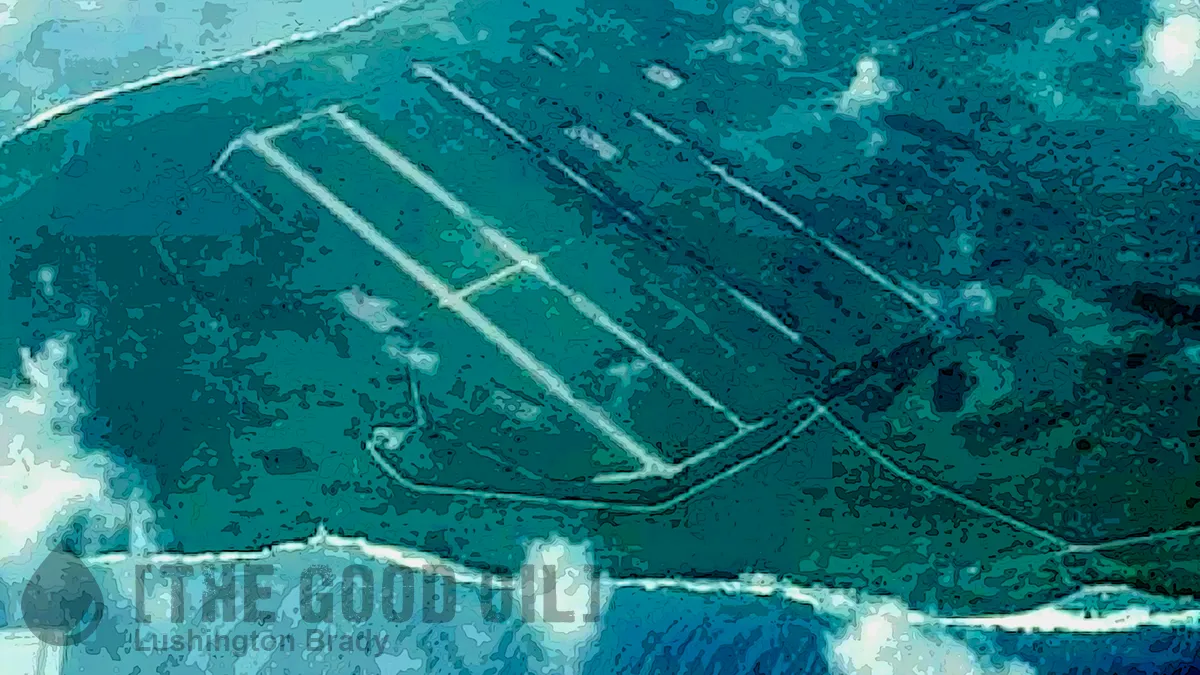Table of Contents
I believe this is what’s called ‘sending a message’.
The US Air Force is bringing back the Pacific island airfield that launched the atomic bombings of Japan back into commission.
Not that Japan need worry, this time around. Unlike the dim bulbs of the Middle East, the Japanese are smart: getting pasted the first time was message enough. The formerly warlike nation is now one of the world’s most pacifist and a staunch ally of Western democracy.
No, the message this time is clearly being aimed just a bit further east.
The long-dormant World War II airfield, North Field, is based on Tinian Island.
The remote island of Tinian, which is less than 40 square miles in size, is one of the three principal islands in the Northern Mariana Islands.
These are a string of sparsely populated islets in the Western Pacific Ocean that make up the US’s westernmost frontier, along with its major military hub of Guam, located approximately 100 miles to the south.
Tinian, of course, is most famous as the airfield from where the Enola Gay took off in the early hours of 6 August, 1945. Before that, it was a major staging post for air operations against Japan. Before that, it cost some 300 American and 1,000 Japanese lives in mid-1944, a year before Enola Gay embarked on its flight into the history books.
Navy construction battalions known as the SeaBees began bulldozing mere days after the island was secured. Six runways were completed within two months and Tinian soon became the biggest air base in the world. North Field consisted of four airfields and supported 269 B-29s […]
The SeaBees also built docks to accommodate the USS Indianapolis, which was steaming to Tinian to deliver atomic bomb components for “Little Boy,” the bomb that dropped on Hiroshima.
The fate of the Indianapolis is a horror story all to itself.
Even before the atomic bombings, Tinian was a keystone of the Pacific War.
Tinian served as the forward operational base from which bombers flew to Japan.
The Twenty First Bomber Command (XXI BC) launched relentless attacks on the Philippines, Okinawa, and mainland Japan. The ground literally shook as planes took off every minute of every day […]
Phillip Morrison, who went to Tinian to help assemble Fat Man, spoke eloquently about Tinian’s transformation, stating:
“Tinian is a miracle. Here, 6,000 miles from San Francisco, the United States armed forces have built the largest airport in the world. A great coral ridge was half-leveled to fill a rough plain, and to build six runways, each an excellent 10-lane highway, each almost two miles long. Beside these runways stood in long rows the great silvery airplanes. They were not by the dozen, but by the hundred. From the air this island, smaller than Manhattan, looked like a giant aircraft carrier.”
With the war over, though, the herculean efforts of the SeaBees were left to fall victim to the re-encroaching jungle for the next eight decades.
Now, the USAF is taking it back.
The US Air Force recently signed a $409 million contract with Fluor Corporation to restore North Field […]
The Air Force’s restoration project cut through the dense jungle growth and restored the airfield to full operational capacity.
The revitalization of Tinian’s airfield is part of the US Air Force’s strategy for Agile Combat Employment.
It focuses on spreading forces across numerous smaller, more challenging-to-target airfields.
This approach aims to increase the adaptability and resilience of US forces in potential conflicts.
Gosh, I wonder which potential conflict they have in mind?
By expanding its presence in the Pacific, the US aims to strengthen its military readiness and ensure rapid response capabilities […]
The location of North Field Airbase, approximately 1,500 miles from mainland China, makes it a strategic asset for the US Air Force in the Pacific region.
And a pointed warning.








